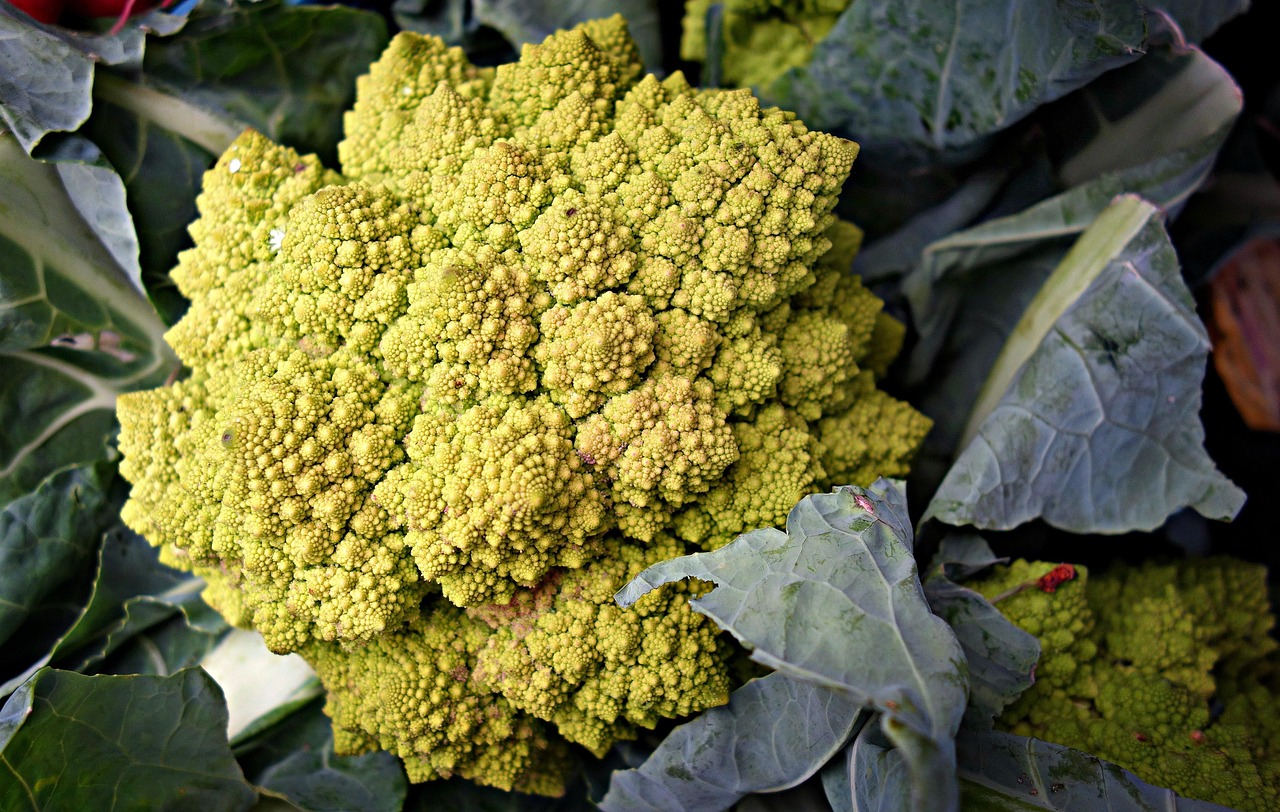The dietary needs of Karner blue butterfly larvae primarily consist of specific host plants, particularly wild lupine. Adults feed on nectar from various flowering plants, including asters and goldenrods, to obtain necessary nutrients for reproduction and energy.
Understanding the Karner Blue Butterfly

The Karner blue butterfly (Lycaeides melissa samuelis) is a small, endangered species native to the United States. Once widespread across several states, its population has drastically declined due to habitat loss and environmental changes. Understanding the dietary needs of both larvae and adults is crucial for their conservation and recovery efforts.
The larvae of the Karner blue butterfly are highly specialized feeders. They rely almost exclusively on wild lupine (Lupinus perennis), which serves as their primary food source. This plant is rich in nutrients essential for the growth and development of the larvae. Without access to wild lupine, the survival of these caterpillars is severely compromised.
Adult Karner blue butterflies, on the other hand, have a more varied diet. They primarily seek nectar from a range of flowering plants. This nectar provides the necessary energy for adult butterflies to engage in mating and reproduction. Some common nectar sources include:
- Asters
- Goldenrods
- Butterfly bush
- Milkweeds
The Importance of Host Plants
Host plants are vital for the lifecycle of the Karner blue butterfly. Wild lupine not only provides food for the larvae but also plays a critical role in their habitat. The presence of healthy wild lupine populations indicates a suitable environment for the butterflies to thrive.
The relationship between the larvae and wild lupine is a classic example of co-evolution. The larvae are adapted to feed on this specific plant, while the plant itself has developed characteristics that help it survive herbivory. For instance, wild lupine contains certain chemical compounds that may deter some herbivores but are suitable for Karner blue larvae.
Dietary Requirements of Larvae
Karner blue butterfly larvae have distinct dietary requirements that must be met for successful growth. These requirements can be broken down as follows:
| Stage | Dietary Needs | Host Plant |
|---|---|---|
| First Instar | Tender leaves for initial feeding | Wild Lupine (Lupinus perennis) |
| Second to Fourth Instar | Developing leaves and stems for growth | Wild Lupine (Lupinus perennis) |
As the larvae progress through instars, their dietary needs evolve. Initially, they feed on tender young leaves, which are easier to digest. As they mature, they consume more fibrous parts of the plant, which are higher in nutrients.
Nectar Sources for Adults
For adult Karner blue butterflies, finding appropriate nectar sources is vital. The energy obtained from nectar is crucial for sustaining their activities. Adult butterflies often favor flowers that provide abundant nectar, especially during peak blooming seasons.
The choice of nectar sources can influence reproductive success. Female butterflies require sufficient energy to produce eggs, while males need it for territorial behaviors and courtship displays. Therefore, conserving diverse flowering plants is essential for maintaining healthy adult populations.
In conclusion, understanding the dietary needs of both larvae and adults highlights the interconnectedness of species within their ecosystems. Protecting their food sources contributes significantly to the survival of the Karner blue butterfly.
Impact of Habitat on Dietary Needs
The habitat of the Karner blue butterfly plays a significant role in determining its dietary needs. The availability of host plants and nectar sources is closely linked to the health of their ecosystem. Factors such as soil quality, climate, and surrounding vegetation can either support or hinder the growth of wild lupine and other flowering plants crucial for the butterfly’s survival.
Different habitats provide varying levels of resources. For instance, sandy soils that are well-drained tend to support wild lupine growth, making them ideal environments for the Karner blue butterfly. Conversely, areas with heavy clay or overly moist soils may struggle to sustain these plants. Understanding these habitat preferences is essential for conservation efforts.
Key Habitat Types
Several habitat types are particularly beneficial for the Karner blue butterfly:
- Pine Barrens: These ecosystems are characterized by open spaces filled with wild lupine and other native flora.
- Dry Sand Plains: Similar to pine barrens, dry sand plains often have sparse vegetation that allows wild lupine to flourish.
- Prairies: These areas can also support diverse plant life, including flowers that provide nectar for adult butterflies.
- Roadside Habitats: Occasionally, disturbed areas like roadsides can host wild lupine if managed properly.
Conservation of Host Plants
Conserving host plants is vital for the lifecycle of the Karner blue butterfly. Efforts to restore wild lupine populations can significantly influence the success of this species. Several strategies can be employed to ensure that these plants thrive:
- Habitat Restoration: Rehabilitating areas where wild lupine has been lost is essential. This may involve planting new lupine seeds and managing competing vegetation.
- Controlled Burns: Some ecosystems benefit from periodic fires that remove invasive species and promote the growth of native plants, including wild lupine.
- Public Awareness: Educating local communities about the importance of the Karner blue butterfly and its habitat can foster support for conservation initiatives.
- Monitoring Programs: Establishing programs to track the health of wild lupine populations can help identify issues early and allow for timely interventions.
Nectar Plant Diversity

Diversity in nectar sources is equally important for adult Karner blue butterflies. A varied diet allows them to obtain a wider range of nutrients, which is crucial for their overall health and reproductive success. The following factors contribute to maintaining a diverse nectar plant population:
- Seasonal Blooms: Ensuring that there are flowering plants available throughout the adult butterflies’ active season helps meet their energy needs.
- Native Flora: Promoting native flowering plants is beneficial since they are adapted to local conditions and can provide reliable nectar sources.
- Avoiding Pesticides: Reducing pesticide use in areas where these butterflies live can help protect both nectar plants and the butterflies themselves.
Common Nectar Plants
Some common nectar sources that benefit adult Karner blue butterflies include:
- Asters (Aster spp.)
- Goldenrods (Solidago spp.)
- Milkweeds (Asclepias spp.)
- Black-eyed Susans (Rudbeckia hirta)
The presence of these plants not only aids in the nourishment of adult butterflies but also creates a more vibrant ecosystem that supports various pollinators and other wildlife. Protecting and enhancing these habitats through targeted conservation practices will help ensure a sustainable future for the Karner blue butterfly.
Challenges to Dietary Needs

Despite the importance of dietary needs for the Karner blue butterfly, various challenges threaten their food sources and habitats. These challenges can significantly impact both larvae and adult butterflies, hindering their survival and reproduction. Understanding these threats is vital for developing effective conservation strategies.
Habitat Loss
One of the most pressing issues for the Karner blue butterfly is habitat loss. Urban development, agriculture, and land conversion have led to significant reductions in the areas where wild lupine and nectar plants grow. As these habitats shrink, the availability of food sources becomes limited, putting stress on both larvae and adult butterflies.
- Urbanization: Expansion of cities and towns often results in the destruction of natural habitats. This not only eliminates host plants but also disrupts ecosystems.
- Agricultural Practices: Intensive farming can lead to habitat degradation. Pesticides and herbicides used in agriculture can severely affect the health of nectar plants.
- Invasive Species: Non-native plants can outcompete wild lupine and other native flora for resources, further reducing food availability for the butterflies.
Climate Change
Climate change poses another significant threat to the dietary needs of the Karner blue butterfly. Rising temperatures and changing precipitation patterns can affect the distribution and growth of both wild lupine and flowering plants. Some potential impacts include:
- Altered Bloom Times: Changes in climate may cause flowering plants to bloom earlier or later than usual, disrupting the synchronization between plant availability and butterfly life cycles.
- Increased Drought: Extended periods of drought can stress native plants, reducing their abundance and limiting food sources for adult butterflies.
- Habitat Shift: As climate conditions change, suitable habitats may shift, forcing the butterflies to migrate or adapt to new environments where they may struggle to find adequate food.
Conservation Efforts
Addressing the dietary needs of the Karner blue butterfly involves implementing several conservation efforts aimed at protecting their habitats and food sources. Collaborative initiatives among government agencies, conservation organizations, and local communities are crucial for these efforts.
Restoration Projects
Restoration projects can play a critical role in enhancing habitats for the Karner blue butterfly. These projects may include:
- Planting Wild Lupine: Actively reintroducing wild lupine into areas where it has been lost helps restore essential food sources for larvae.
- Creating Pollinator Gardens: Establishing gardens with a variety of flowering plants can provide nectar sources for adult butterflies while supporting overall biodiversity.
- Prescribed Burns: Utilizing controlled burns in certain ecosystems can help maintain open spaces and promote the growth of native plants like wild lupine.
Community Involvement
Engaging local communities in conservation efforts is vital for long-term success. Community involvement can take many forms:
- Education Programs: Workshops and educational campaigns can raise awareness about the importance of conserving wild lupine and nectar sources.
- Volunteer Opportunities: Local residents can participate in habitat restoration activities, such as planting native species or monitoring butterfly populations.
- Partnerships with Landowners: Collaborating with private landowners can facilitate habitat conservation on non-public lands, expanding protective measures beyond public reserves.
The Role of Research in Conservation

Scientific research is essential for understanding the dietary needs of Karner blue butterflies and informing conservation strategies. Ongoing studies help identify key areas for habitat restoration and assess the effectiveness of various conservation practices.
Research can also uncover how climate change affects both host plants and adult butterfly populations. By analyzing data on plant health, bloom times, and butterfly life cycles, scientists can provide valuable insights that shape future conservation efforts.
The collaboration between researchers, conservationists, and policymakers is crucial to ensuring that strategies are grounded in scientific evidence, ultimately benefiting the Karner blue butterfly’s dietary needs and survival.
Future Directions for Conservation
As the Karner blue butterfly faces ongoing threats, future conservation efforts must evolve to address new challenges. Innovative approaches and collaboration among stakeholders will be critical in ensuring the sustainability of this species.
Adaptive Management Strategies
Adaptive management involves continuously assessing and adjusting conservation strategies based on new information and changing conditions. This approach allows for flexibility in response to environmental changes, including climate impacts. Key components of adaptive management for the Karner blue butterfly include:
- Monitoring Populations: Regularly tracking butterfly numbers and health can help identify trends and inform necessary adjustments in conservation tactics.
- Assessing Habitat Quality: Ongoing evaluations of habitat conditions, including plant diversity and health, are essential for understanding the effectiveness of restoration efforts.
- Incorporating Local Knowledge: Engaging with local communities can provide valuable insights into historical land use and ecological changes that may affect conservation strategies.
Integrating Technology in Conservation
The use of technology in conservation efforts is rapidly increasing. Tools such as Geographic Information Systems (GIS) can help map habitats, track changes over time, and model potential impacts of climate change. Drones and remote sensing technologies can also aid in monitoring plant health and butterfly populations without disturbing their environments.
Additionally, citizen science initiatives can leverage technology by involving the public in data collection through mobile applications. This not only aids research but also raises awareness and fosters community engagement in conservation efforts.
Final Thoughts
The dietary needs of the Karner blue butterfly larvae and adults are intricately linked to their survival and reproductive success. Understanding these needs highlights the importance of protecting their habitats and food sources, particularly wild lupine and diverse nectar plants. The threats posed by habitat loss, climate change, and invasive species necessitate robust conservation strategies that involve adaptive management, community engagement, and scientific research.
Conservation efforts must prioritize restoring wild lupine populations and maintaining diverse nectar sources to support both larvae and adults. By fostering collaboration among landowners, conservation organizations, researchers, and local communities, we can create a comprehensive approach to preserving this endangered species.
As we move forward, continuous research and innovation will be vital in addressing the evolving challenges faced by the Karner blue butterfly. Through a commitment to conservation and an understanding of ecological interdependencies, we can work towards a sustainable future for this remarkable butterfly and the ecosystems it inhabits.
